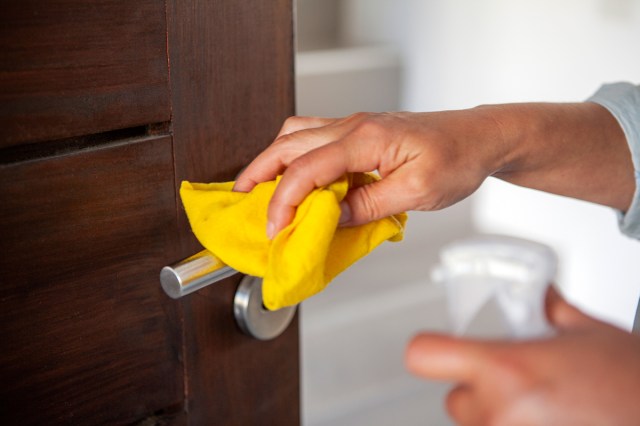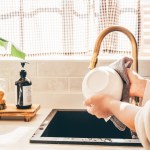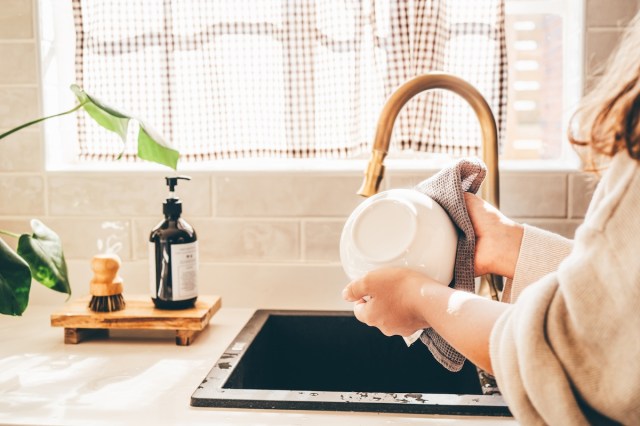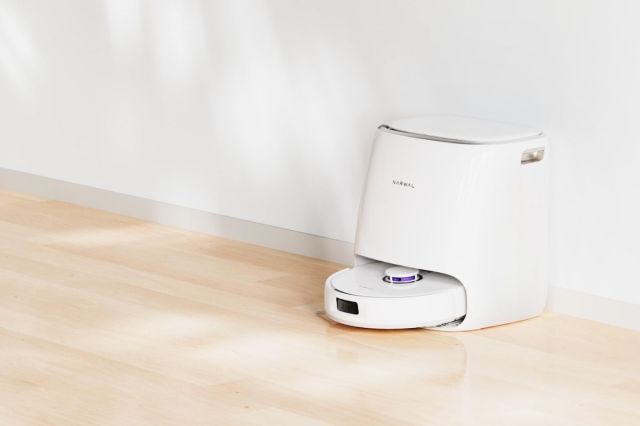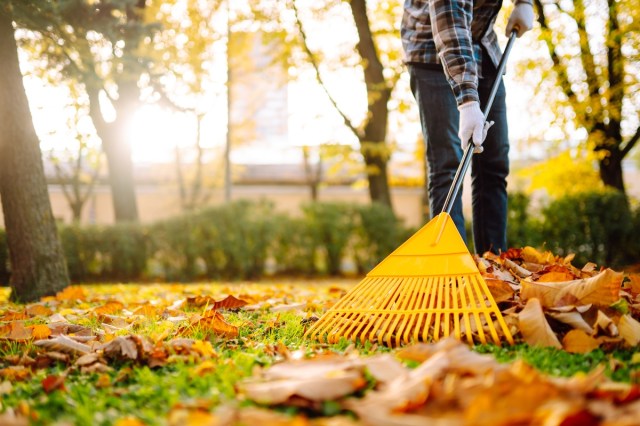Places for dust bunnies and germs to hide inside the home are seemingly endless. The obvious places, such as kitchen counters and bathroom sinks, receive attention when we clean, but the lesser-noticed areas often get skipped over, leaving space for grime to build up and bacteria to hide. Here’s how to clean hard-to-reach places and items that deserve more attention during your weekly cleaning routine.
All featured products and deals are selected independently and objectively by the author. Better Report may receive a share of sales via affiliate links in content.

Trash Cans
If your trash can smells less than fresh even after you take out the garbage, it’s time for a deep cleaning. Not only can garbage leaks cause offensive odors, but bins also harbor bacteria such as salmonella, listeria, and E. coli that can make us sick. The easiest way to clean the bin is to take it outside and hose it down with hot water while scrubbing it with soap and a clean brush. Keep odors and bacteria at bay between washes by spraying the empty can with disinfectant. Don’t forget to clean your recycling bins, which may be less dirty and smelly but still deserve an occasional rinse.
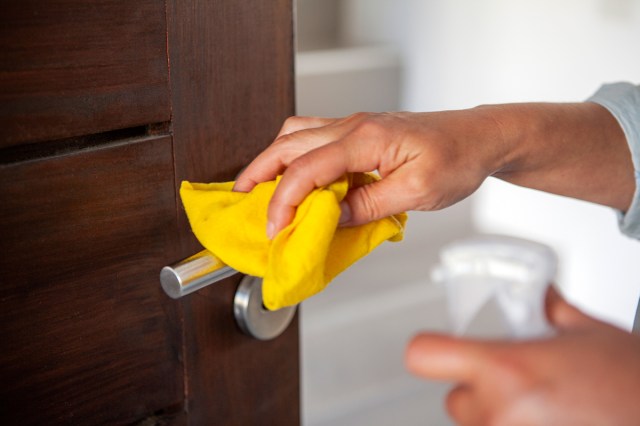
Doorknobs
Our hands carry as many as 3,000 bacteria at any given time, leaving high-touch areas of the home at risk, especially if you live with a lot of people. Doorknobs should be wiped down with disinfectant at least once a week in high-traffic areas such as bathrooms and kitchens. The same goes for the handles on refrigerators, ovens, microwaves, and kitchen and bathroom cabinets.
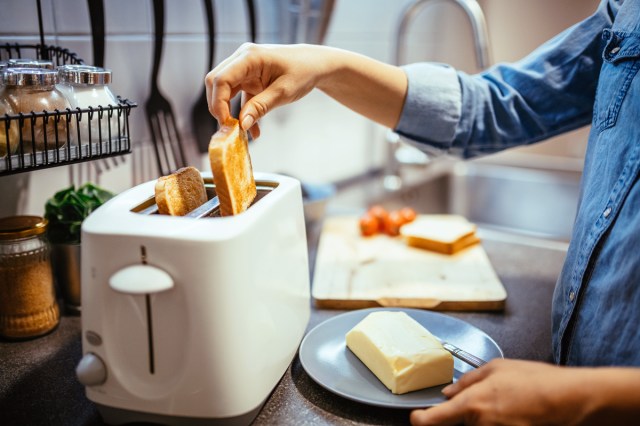
Toasters
Cleaning the oven, fridge, and microwave are top-of-the-list kitchen chores. After all, they do get pretty messy. Smaller appliances often fall to the wayside — especially toasters and toaster ovens, which might be the most crumb-infested places in the kitchen. Too much build-up can be a fire hazard.
Clean your toaster by unplugging it, emptying the crumb tray, and shaking it upside down over the kitchen sink. After removing as many crumbs as possible, scrub the hard-to-reach areas with water, baking soda, and vinegar. Be careful not to damage the toaster’s interior heating elements, and never use harsh chemicals. Allow the toaster to dry completely before plugging it back in.
Reader Favorites

Shower Curtain Liners
Shower liners protect shower curtains so they bear the brunt of soap scum, mildew, dirt, and grime. They should be cleaned or changed once a month. Because they are typically made of nylon, polyester, or vinyl, liners can be wiped down easily with a mixture of one part water and four parts vinegar. Spray the mixture onto the liner, let it sit for a few minutes, and rinse. If the liner needs deep cleaning, check its tag to see if it can be placed in the washing machine. Typically, a regular cycle on “hot” with disinfecting bleach will have it looking brand-new.
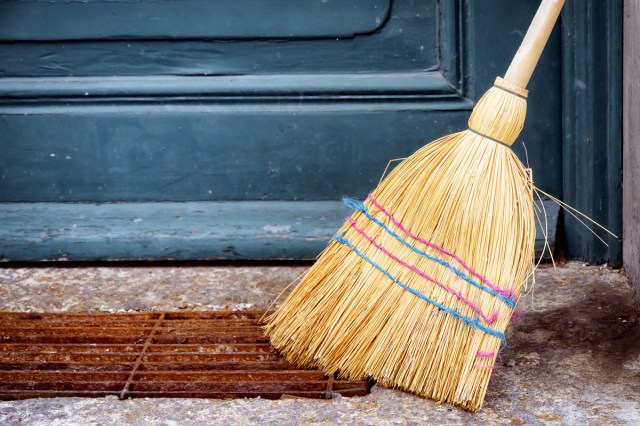
Cleaning Tools
Your home is only as clean as your cleaning tools. When dirt builds up on brooms, mops, buckets, toilet plungers, and toilet brushes, give them a good wash. To clean a messy broom, shake off loose debris outside or in a garbage bag before putting the broom in a bucket of hot, soapy water. Use a scrub brush to get rid of any other debris. Rinse the broom thoroughly before letting it air dry.
Mops get dirty, too. Keep your mop — and, in turn, your floors — sparkling clean by placing it in a bucket filled with hot water, dish soap, and bleach and letting it sit for 30 minutes. If the mop is still dirty after being wrung out, fill another bucket and repeat the process. Another gross yet necessary cleaning to-do is the toilet plunger and brush. Fill the toilet bowl with up to three caps of bleach and vigorously swirl the plunger or brush around. Flush and repeat as necessary.
Featured Image Credit: Mindful Media/ iStock
More From Our Network
Better Report is part of Inbox Studio, which publishes content that uplifts, informs, and inspires.
